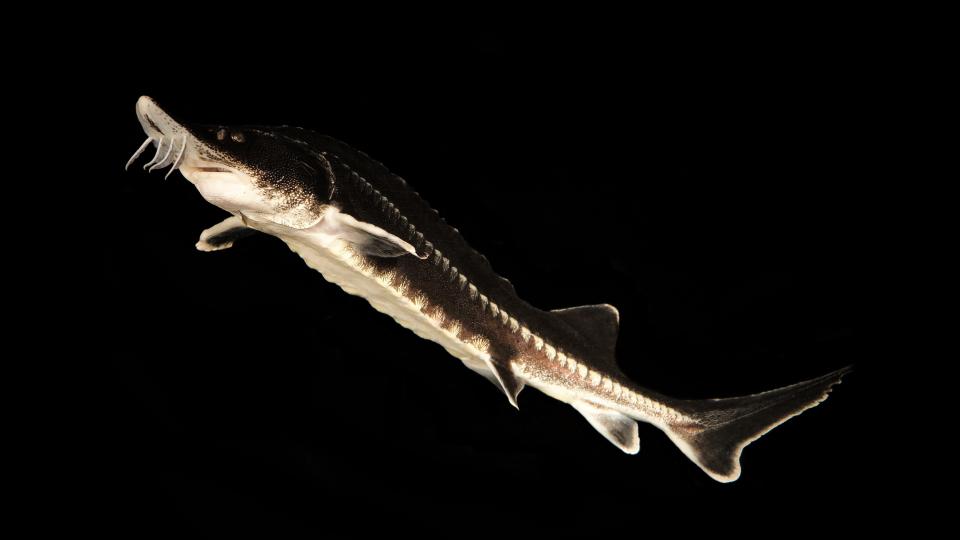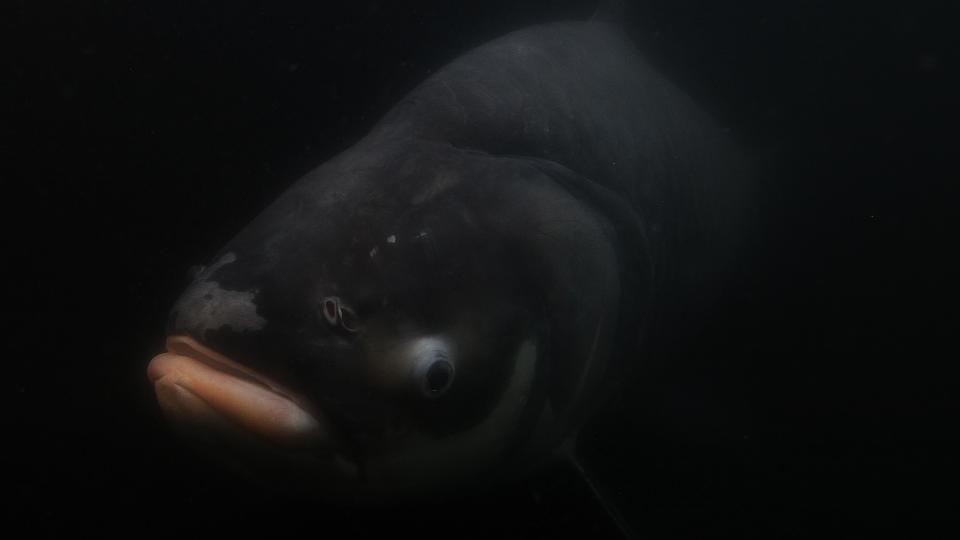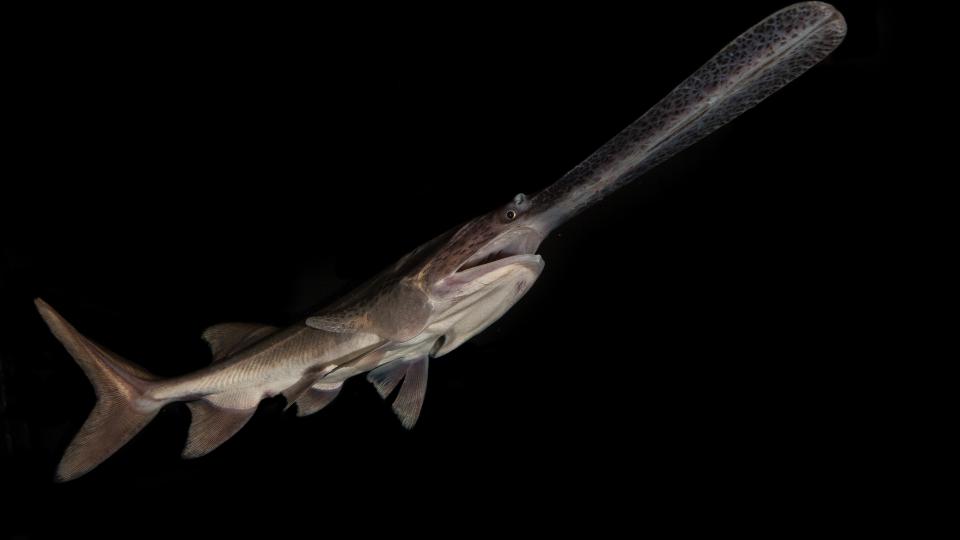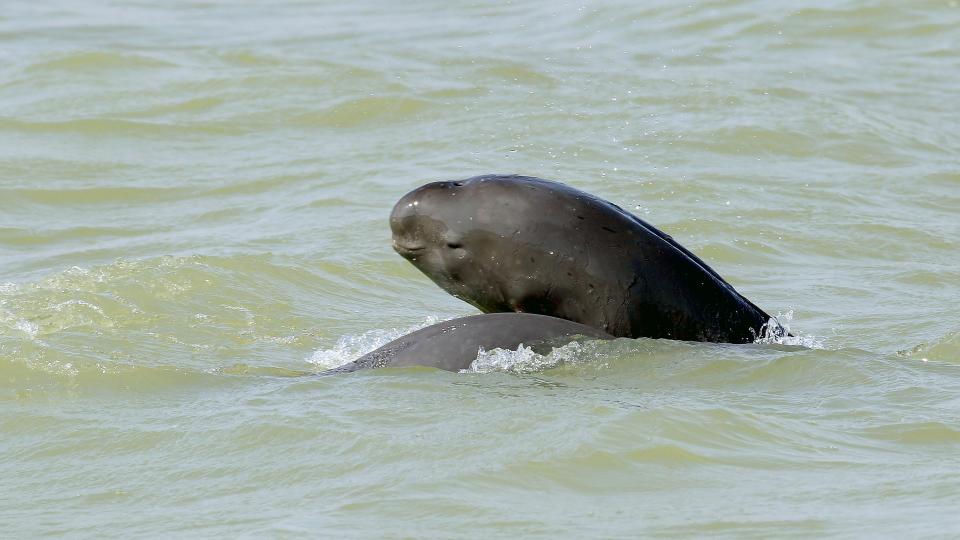
Freshwater Megafauna Futures
Short profile
Duration

Alligator gar - atractosteus spatula | Photo: Zeb Hogan
Freshwater megafauna, i.e. the largest organisms found in freshwater, are largely endangered by human activity. What may happen to the stability in or with ecosystem functions when these very large species disappear from the ecosystem? How do humans perceive these species and can this be used for conservation concepts?
Content
Freshwaters support an exceptional biodiversity and provide important ecosystem services. However, they are among the most threatened ecosystems witnessing rapid biodiversity decline. This is particularly true for megafauna, which are species that can reach a body mass of 30 kg. Based on previously compiled data we believe that freshwater megafauna are extremely threatened including flagship species such as hippos, river dolphins, sturgeons, crocodiles, and giant salamanders but also less conspicuous species such as large catfish or turtles. Although large in size, surprisingly little is known about their ecological roles, distribution in space and time, responses to threats, and human perception of these animals. The project Freshwater Megafauna Futures aims to fill these gaps by (1) synthesizing knowledge on the ecological roles of freshwater megafauna e.g. in food webs, for nutrient cycling, or as habitat providers for small species; (2) assessing changes in populations and distribution ranges related to pressures such as land-use, dam development or overexploitation; (3) projecting the future development of multiple pressures that can act synergistically; (4) analyzing the human perception of these species, the ecosystems they inhabit and shape, and the functions they provide; and (5) evaluating their potential as umbrella species for freshwater conservation.
The combination of basic ecological research, anthropogenic impact analysis, and the human dimension will provide a comprehensive understanding of global freshwater megafauna. The project will build an international interdisciplinary collaborative network and support global freshwater biodiversity conservation.

Beluga - huso huso | Photo: Zeb Hogan

Giant barb - catlocarpio siamensis | Photo: Zeb Hogan

Paddlefish - polyodon spathula | Photo: Zeb Hogan

Yangtze Finless Porpoise - Neophocaena asiaeorientalis asiaeorientalis | Photo: Huigong Yu
Leibniz Association





